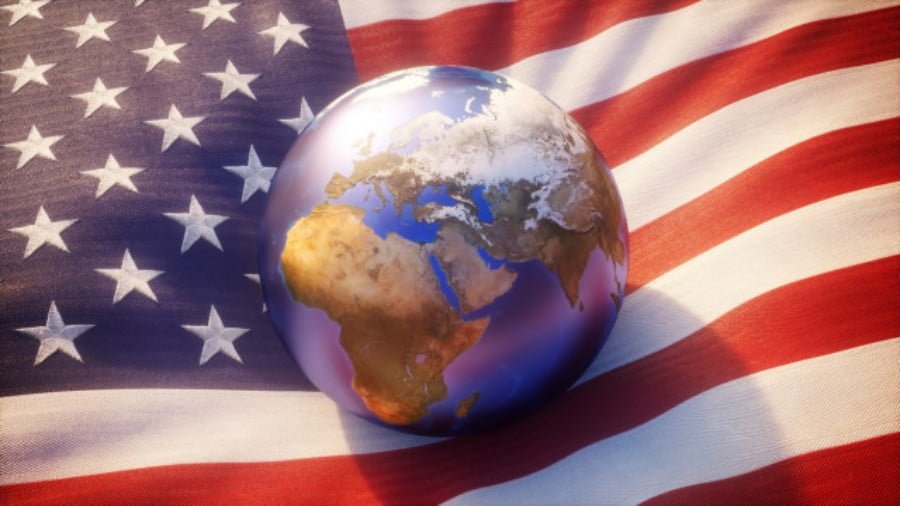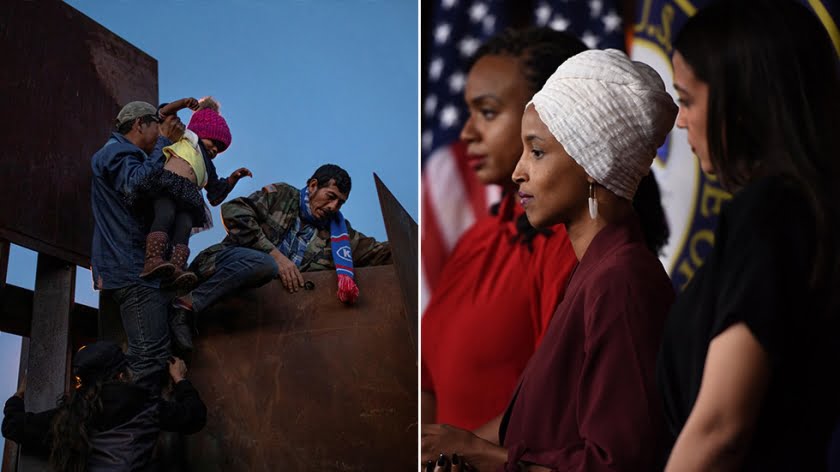Indonesia between the US and PRC: Hesitancy Rises
Indonesia is the largest country in South East Asia (SEA), with a population of over 270 million. It is one of the leading states in the region, with considerable weight within ASEAN, and the world powers vying for influence in South East Asia are forced to pay a great deal of attention to Indonesia. The US and China, the two mighty superpowers and the world’s first economies, are now vying for influence in South East Asia, and Indonesia has close ties with both states.
Of course, Indonesia’s relationship with China is much longer than that with the US: two ancient civilizations, located in close geographical regions, have been interacting for more than a thousand years. In recent history, the interaction has gone through periods of highs when Indonesia under Sukarno quickly recognized the fledgling People’s Republic of China, established diplomatic relations with it in 1950 and began to work with the PRC to counter American influence in the region, as well as lows when Suharto, who deposed Sukarno in 1967, suspended relations with the PRC until 1990. Even after the restoration of Indonesian-Chinese diplomatic relations, the Chinese in Indonesia were discriminated against until 1998, when Suharto, after bloody riots, was forced to resign. After that, Chinese-Indonesian relations took off again, and in 2005 the countries announced their strategic partnership. The PRC is now Indonesia’s main trading partner and trade between the two countries continues to grow, from over $58bn in 2017 to $53.5bn in 2021 in just the first half of the year.
Nevertheless, Chinese-Indonesian relations can hardly be considered serene: as a booming economy, Indonesia is inevitably affected by competition with Chinese industry. There is a marked export bias in favor of China in the trade turnover between the two countries. In addition, Indonesia is concerned about Chinese activity in the South China Sea (SCS): the PRC is vigorously contesting its waters from neighboring countries, building artificial islands there and actively building up its military presence.
Indonesia’s interests are also affected. For example, there are the Natuna Islands in the southern part of the SCS. They are part of Indonesia and have a population of about 100,000. Under international law, every state with access to the sea has the right to consider part of the water area adjacent to its coast as its territorial waters, and another, more distant strip of sea as its exclusive economic zone. As a consequence, due to its sovereignty over the Natuna Islands, Indonesia owns an area of the South China Sea with significant natural gas reserves beneath the seabed. Indonesia produces this gas and sells it to Singapore, among others.
Although it has no rights to the Natuna Islands, the PRC has nevertheless challenged Indonesia’s right to extract gas from the surrounding waters, citing, as usual, some ancient maps the authenticity of which is very difficult to determine. This significantly complicates Chinese-Indonesian relations and fuels anxieties in Indonesian society about Chinese strengthening. It would be difficult for Indonesia to contain Chinese expansion on its own, so it has to rely on its relationship with the US.
The US is now Indonesia’s second largest trading partner after the PRC. Trade between the two countries was about $30bn in 2020. Compared to the Chinese-Indonesian trade figures cited above, these figures show that China clearly leads in trade with Indonesia.
On the political-ideological front, however, the US may be more pleasant for the Indonesian leadership: Washington periodically reports that Indonesia and the US are “close” on the political order and market economy, and that Indonesia plays a “central role” in ASEAN.
There are also Washington’s claims that Indonesia is “the third democracy in the world” (in the sense that it is the third most populous country among those that Washington recognizes as “democratic”. The first and second highest ranking “democracies” were India and the US itself).
Of course, from a propaganda and political point of view, such statements by the US must be pleasant for the Indonesian leadership. However, it is well known that politics is a superstructure of economics. And in economic relations with Indonesia, as mentioned above, the PRC leads the way.
As long as Indonesia’s trade turnover with the PRC exceeds Indonesia’s trade turnover with the US, there is no question of the US winning the battle for Indonesia.
On the other hand, while Indonesia is under pressure from the PRC over the gas fields around the Natuna Islands, it cannot expect to be in full harmony with the PRC either.
Recently, however, the PRC seems to have found some leverage over Indonesia, which has begun to show a certain bias in the Chinese direction.
For example, in September 2020 the Central Bank of Indonesia and the People’s Bank of China signed a memorandum of understanding to promote the use of their national currencies, the rupiah and the yuan, in mutual settlements. In other words, Indonesia has joined the global de-dollarization movement led by China.
In less than a year, the parties completed all the necessary technical work, and in July 2021 Indonesia and the PRC began to settle accounts in their national currencies in practice. At the time, Perry Warjiyo, Indonesia’s Central Bank Governor, said this development should lead to an increase in Indonesian exports to China.
Of course, such a move could not but reduce the regional influence of the US to a certain extent and strengthen Chinese-Indonesian relations.
However, the situation in the South China Sea worsened simultaneously with the launch of settlements in national currencies: in the summer of 2021, Indonesia began drilling in the area of deposits near the Natuna Islands. This was followed by the appearance of Chinese warships in the Indonesian Exclusive Economic Zone. Indonesia has also stepped up its naval activity there, and for a long time Chinese and Indonesian ships have been around the Natuna Islands, keeping an eye on each other.
At the end of 2021, it was reported that the Chinese leadership sent a letter to the Indonesian Foreign Ministry asking it to stop gas production in the Natuna Islands area.
Such a demand, of course, could not help the mutual trust between the two countries. However, communication continued and as early as January 11, 2022 a telephone conversation took place between Joko Widodo, Indonesian leader, and Xi Jinping, Chinese leader. Colleagues discussed countering the COVID-19 pandemic, Indonesian coal exports to the PRC and the situation in the South China Sea.
The outcome of the talks seems to have satisfied the PRC, because as early as the end of January 2022, the People’s Bank of China announced an extension of the $40bn currency swap agreement with the Central Bank of Indonesia, which will help deepen Chinese-Indonesian monetary, financial, trade and investment cooperation.
Thus, it can be concluded that Indonesia has enough reasons both to cooperate with the PRC and to distance itself from it towards the US. The two superpowers need to conduct a very deliberate policy towards Indonesia because, as mentioned above, the country carries significant weight within ASEAN and a strong relationship with it can contribute to success throughout South East Asia. Indonesia itself also needs to strike a sensible balance in its foreign policy so as not to become overly dependent on any one actor, while benefiting from both superpowers.







